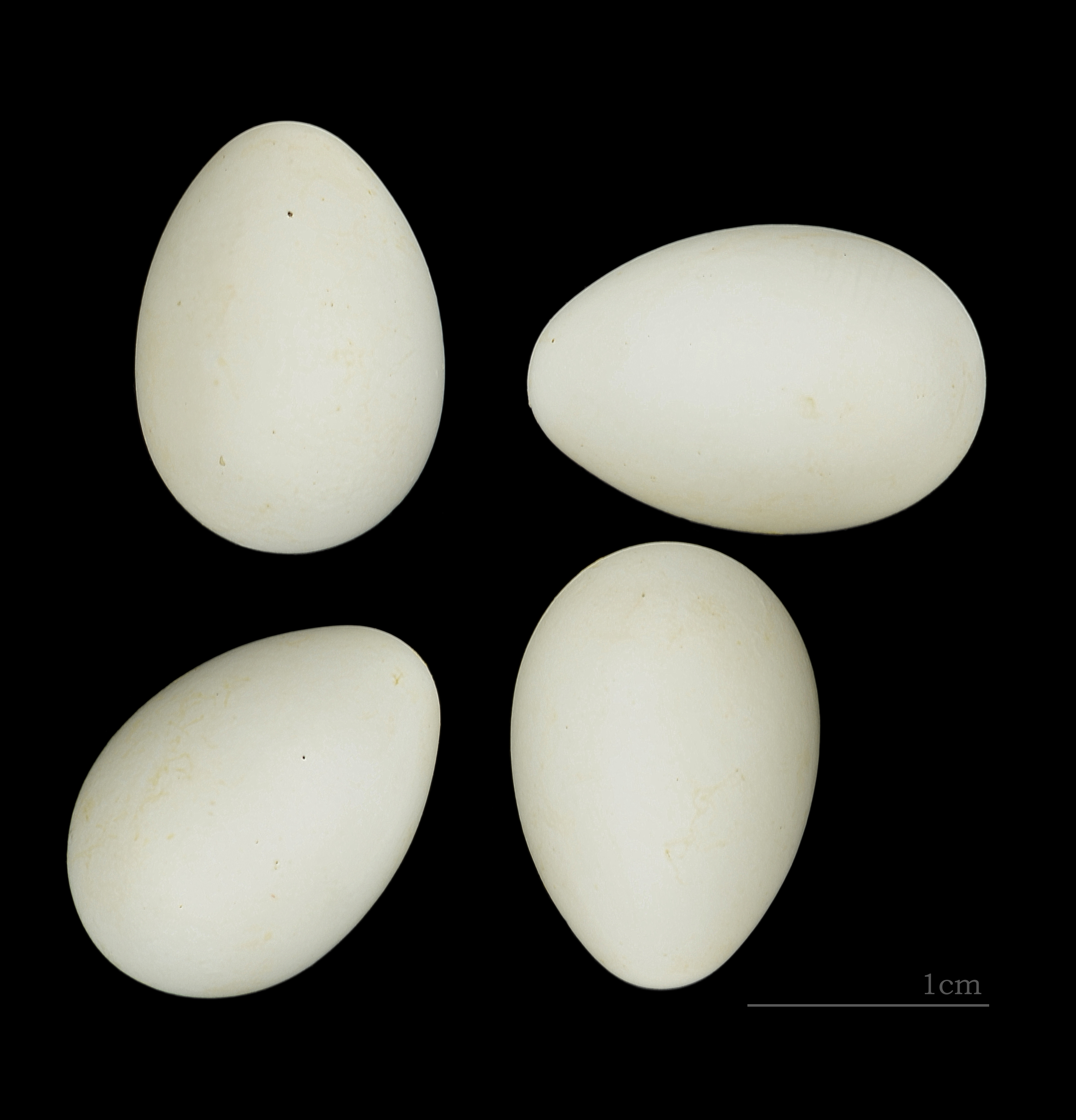Brown-throated Martin on:
[Wikipedia]
[Google]
[Amazon]
 The brown-throated martin or brown-throated sand martin (''Riparia paludicola'') is a small
The brown-throated martin or brown-throated sand martin (''Riparia paludicola'') is a small
Species text in The Atlas of Southern African Birds
{{Taxonbar, from=Q675850 brown-throated martin Birds of Africa brown-throated martin brown-throated martin
 The brown-throated martin or brown-throated sand martin (''Riparia paludicola'') is a small
The brown-throated martin or brown-throated sand martin (''Riparia paludicola'') is a small passerine
A passerine () is any bird of the order Passeriformes (; from Latin 'sparrow' and '-shaped'), which includes more than half of all bird species. Sometimes known as perching birds, passerines are distinguished from other orders of birds by th ...
bird
Birds are a group of warm-blooded vertebrates constituting the class Aves (), characterised by feathers, toothless beaked jaws, the laying of hard-shelled eggs, a high metabolic rate, a four-chambered heart, and a strong yet lightweig ...
in the swallow family. It was first formally described as ''Hirundo paludicola'' by French ornithologist Louis Vieillot in 1817 in his ''Nouveau Dictionnaire d'Histoire Naturelle''. Vieillot, Louis Jean Pierre (1817): ''Nouveau Dictionnaire d'Histoire Naturelle'' nouvelle édition, 14, 511. It was formerly regarded as conspecific with the grey-throated martin (''R. chinensis'') under the name "plain martin".
It has a wide range in Africa
Africa is the world's second-largest and second-most populous continent, after Asia in both cases. At about 30.3 million km2 (11.7 million square miles) including adjacent islands, it covers 6% of Earth's total surface area ...
. It is a partially migratory species, with some populations making seasonal movements. It is usually associated closely with water as its specific epithet ''paludicola'' suggests.
The brown-throated martin is colonial in its nesting habits, with many pairs breeding close together, according to available space. The nests are at the end of tunnels of 30 to 60 cm in length, bored in sandbanks. The actual nest is a litter of straw and feathers in a chamber at the end of the burrow. Two to four white eggs are the normal clutch, and are incubated by both parents.
Its brown back, small size and quicker, jerkier flight separate the brown-throated martin at once from most other members of the swallow family. It is most similar to the sand martin, ''Riparia riparia '', which is its northern counterpart.
The 12 cm long brown-throated martin is brown above and white or pale brown below. It lacks the narrow brown band on the breast shown by the sand martin; the bill is black and the legs are brown. Sexes are similar, but the young have pale tips to the feathers on the rump and wings.
The races differ in size and plumage tones of the upperparts or underparts
Standard anatomical terms of location are used to unambiguously describe the anatomy of animals, including humans. The terms, typically derived from Latin or Greek roots, describe something in its standard anatomical position. This position prov ...
.
* ''R. p. paludicola'', southern Africa. White underparts.
* ''R. p. paludibula'', western Africa. Smaller and darker above than the nominate form.
* ''R. p. ducis'', eastern Africa. Smaller and darker above and below than the nominate subspecies.
* ''R. p. mauretanica'', Morocco
Morocco (),, ) officially the Kingdom of Morocco, is the westernmost country in the Maghreb region of North Africa. It overlooks the Mediterranean Sea to the north and the Atlantic Ocean to the west, and has land borders with Algeria t ...
. Small and pale.
* ''R. p. newtoni'', mountains of Cameroon
Cameroon (; french: Cameroun, ff, Kamerun), officially the Republic of Cameroon (french: République du Cameroun, links=no), is a country in west-central Africa. It is bordered by Nigeria to the west and north; Chad to the northeast; the C ...
only. Darker above than the nominate form, brownish underparts.
* ''R. p. cowani'', Madagascar
Madagascar (; mg, Madagasikara, ), officially the Republic of Madagascar ( mg, Repoblikan'i Madagasikara, links=no, ; french: République de Madagascar), is an island country in the Indian Ocean, approximately off the coast of East Africa ...
. Small, greyish underparts.
The food of this species consists of small insect
Insects (from Latin ') are pancrustacean hexapod invertebrates of the class Insecta. They are the largest group within the arthropod phylum. Insects have a chitinous exoskeleton, a three-part body ( head, thorax and abdomen), three ...
s, mostly gnats and other flies whose early stages are aquatic.
The twittering song of the brown-throated martin is continuous when the birds are on the wing, and becomes a conversational undertone after they have settled in the roost. There is also a harsh alarm call.
References
External links
* Brown-throated martinSpecies text in The Atlas of Southern African Birds
{{Taxonbar, from=Q675850 brown-throated martin Birds of Africa brown-throated martin brown-throated martin